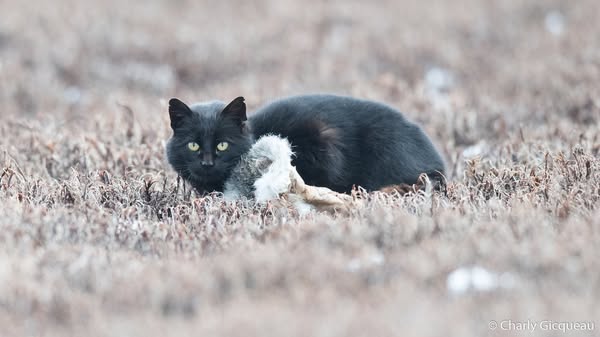 A feral cat on Kerguelen Island, with the remains of a European Rabbit, photograph by Charly Gicqueau
A feral cat on Kerguelen Island, with the remains of a European Rabbit, photograph by Charly Gicqueau
NOTE: The English text below has been edited from the original French text, with the help of Google Translate.
The European Union mobilized for the preservation of biodiversity in Kerguelen
The OPACK Project (Optimization of Feral Cat Management Actions in Kerguelen), launched in November 2024, is part of the European Union's BESTLIFE2030 ((Biodiversity and Ecosystem Services in Territories of European Overseas) grant scheme, a fund dedicated to the protection of biodiversity in overseas territories. Led by the IUCN (International Union for Conservation of Nature), this funding reflects the EU's commitment to fragile ecosystems, such as that of the Kerguelen Archipelago. Thanks to this support, ambitious actions are being implemented to combat the feral cat, one of the main threats to iconic species such as the globally Vulnerable Wandering Albatross Diomedea exulans.
The feral cat on Kerguelen
In 1951, two cats originating from the mainland France, were introduced to Port-aux-Français on Kerguelen Island to control rodents. Two other individuals, coming from Madagascar and South Africa, were later brought in 1956. Soon, these animals escaped from the base and formed a wild population, now estimated at 7000 individuals on the main island, with a density ranging from 0.4 to 2.4 individuals/km².
A major ecological upheaval
The establishment of a population of feral cats has profoundly altered the ecosystem of Kerguelen, particularly through its impact on bird population dynamics. Indeed, the cats attack both chicks and adult birds of species that were previously not subject to predation. A striking example: the breeding success of the Wandering Albatross drops to 12% in the presence of cats, compared to 86% in their absence, resulting in an annual population decline of 2.7 to 4.5% each year and threatening its long-term survival.
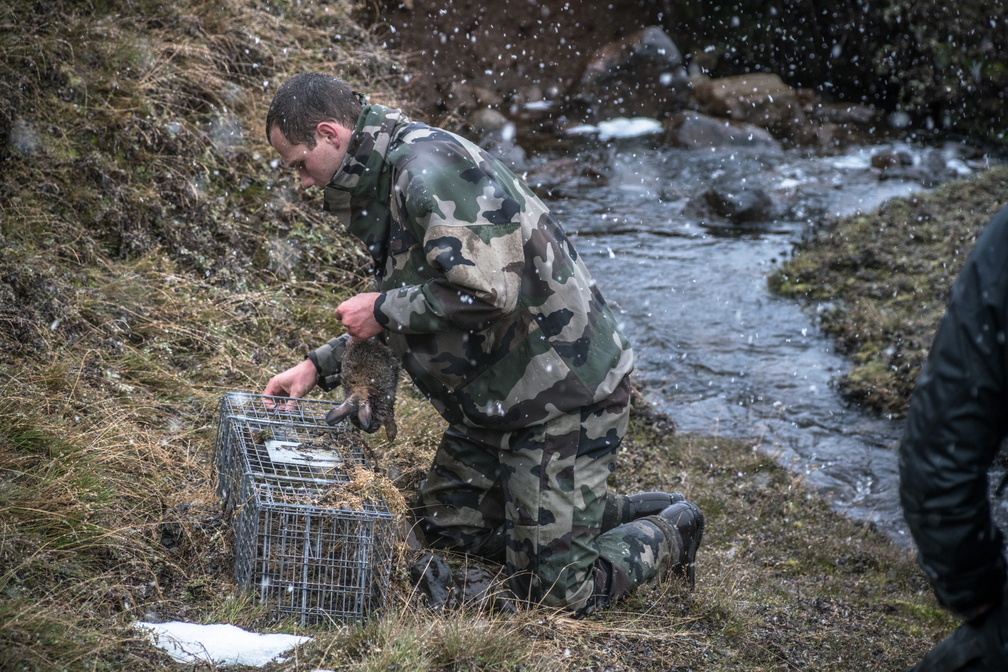
Baiting a cat trap with rabbit on Kerguelen
Actions and Challenges in the Field
Since 2015, Terres australes et antarctiques françaises (TAAF) have been carrying out targeted actions to reduce the impact of feral cats on three breeding sites of the Wandering Albatross on the Courbet Peninsula (Pointe Morne, Pointe Scott and Ratmanoff). Additionally, interventions occasionally take place on certain islands in the Morbihan Gulf to limit the geographic spread of cats and protect small species, such as the White-headed Petrel Pterodroma lessonii and Slender-billed Prion Pachyptila belcheri, which breed in burrows and are vulnerable to feline predation. However, the extreme climatic conditions of Kerguelen put both teams and equipment to the test. After 10 years of effort, the OPACK project (2025) aims to achieve two major objectives: renew trapping equipment and improve cat detection through the use of night vision equipment.
Hope for Many Species
In the long term, these actions are expected to benefit more than 15 species of breeding birds. The challenge is clear: to prevent a collapse of bird populations and to preserve a unique ecosystem.
Click here to read earlier postings to ACAP Latest News on Kerguelen’s feral cats.
John Cooper, Emeritus Information Officer, Agreement on the Conservation of Albatrosses and Petrels, 13 October 2025

 English
English  Français
Français  Español
Español 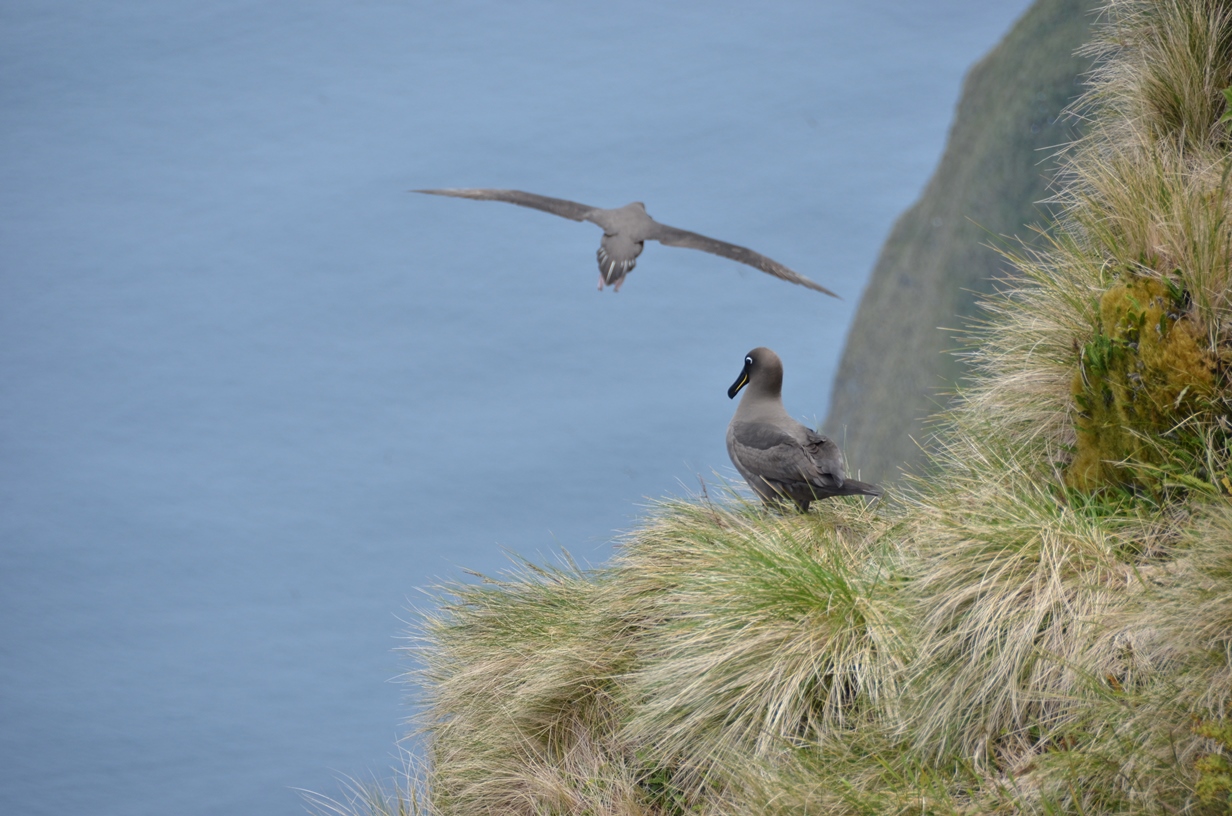 Sooty Albatrosses on Amsterdam Island, photograph by Jeremie Demay
Sooty Albatrosses on Amsterdam Island, photograph by Jeremie Demay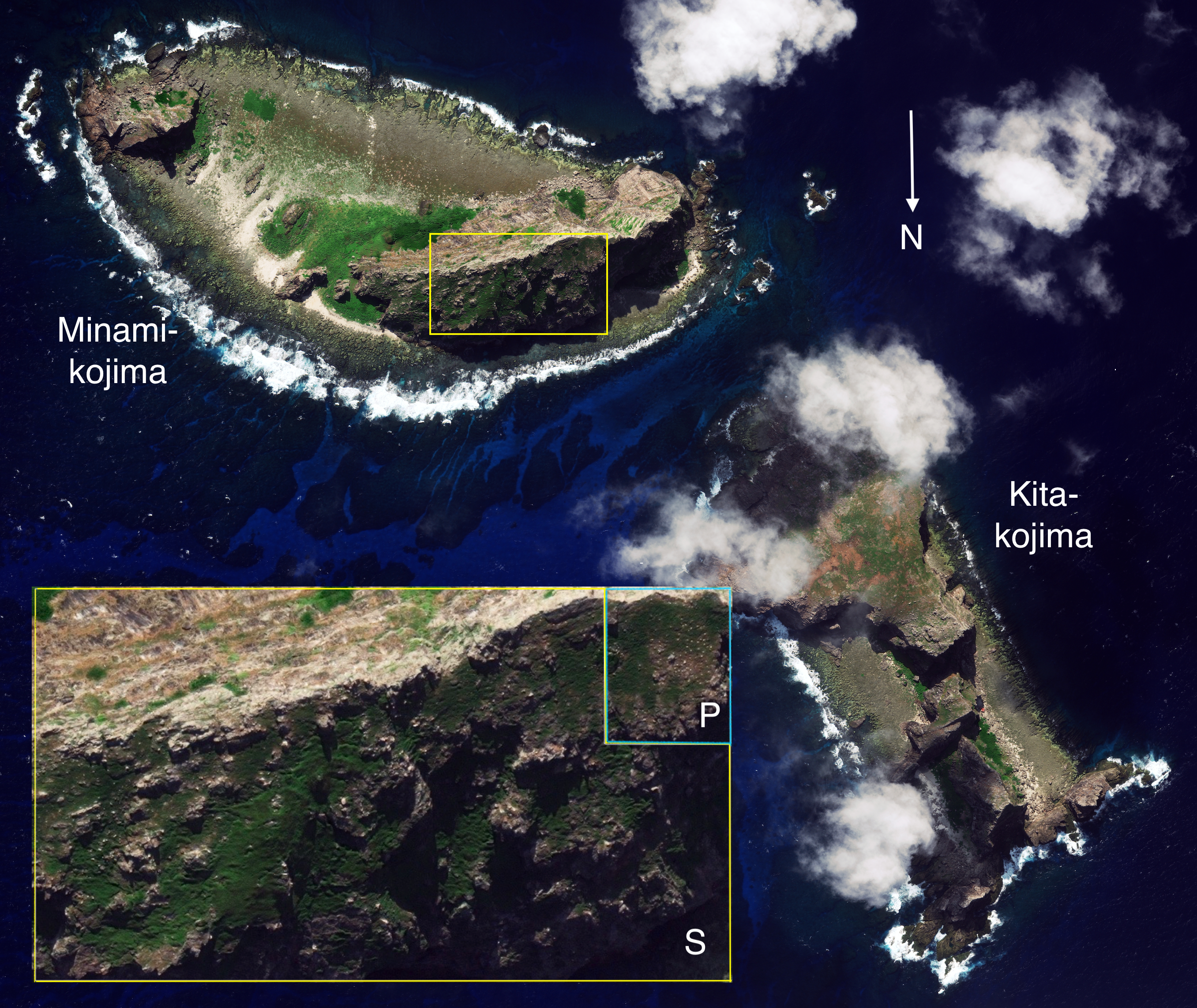
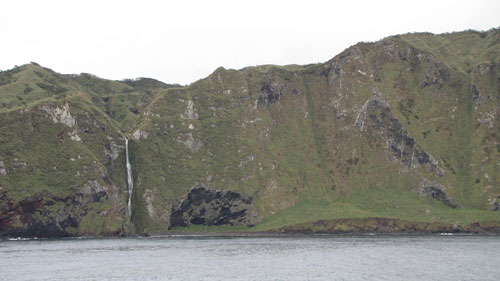
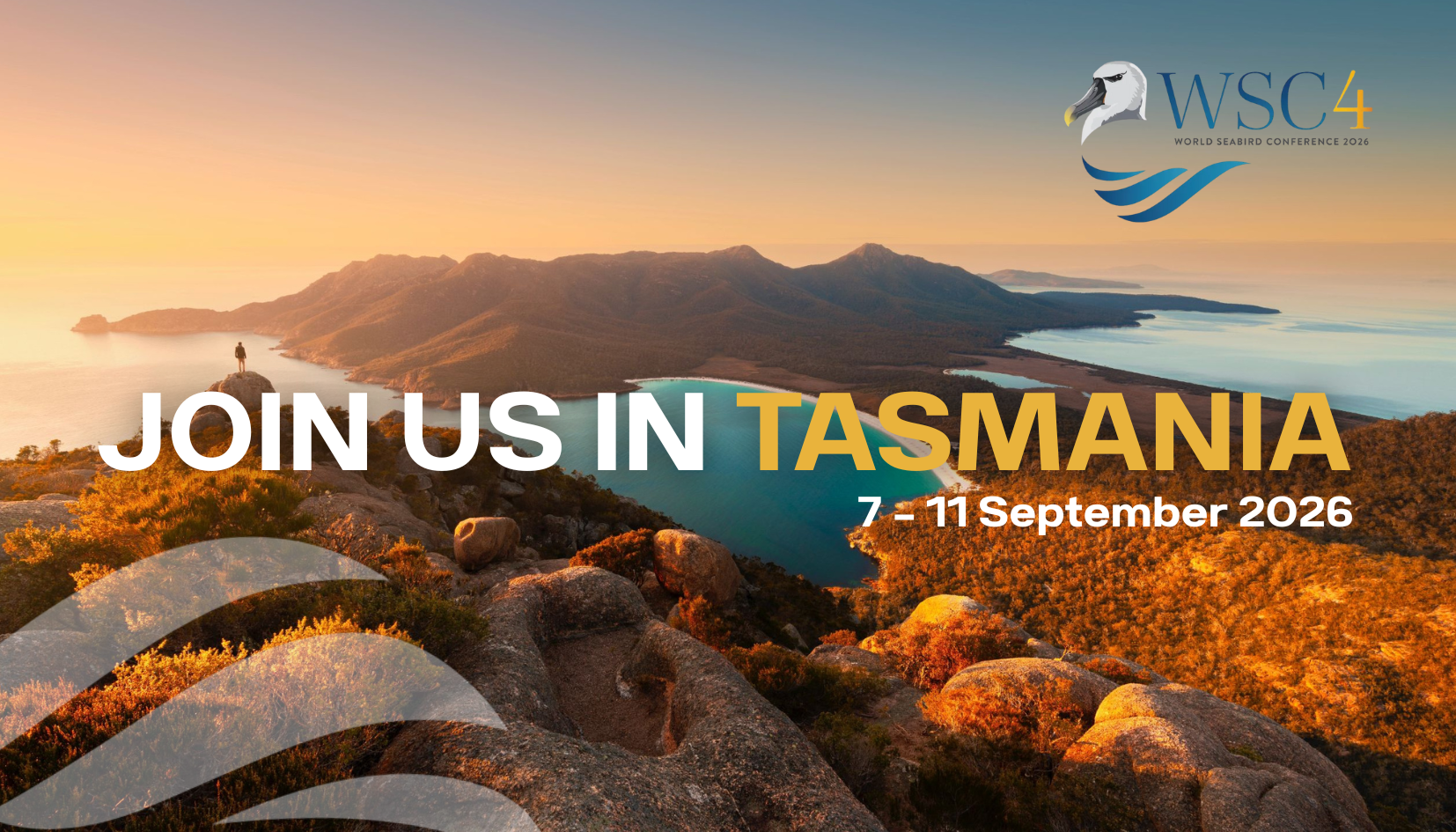 Applications for Travel Awards to attend the
Applications for Travel Awards to attend the